PM unveils power tariff cuts for industry, agriculture
Rs23 per unit set under three-year subsidy-neutral package
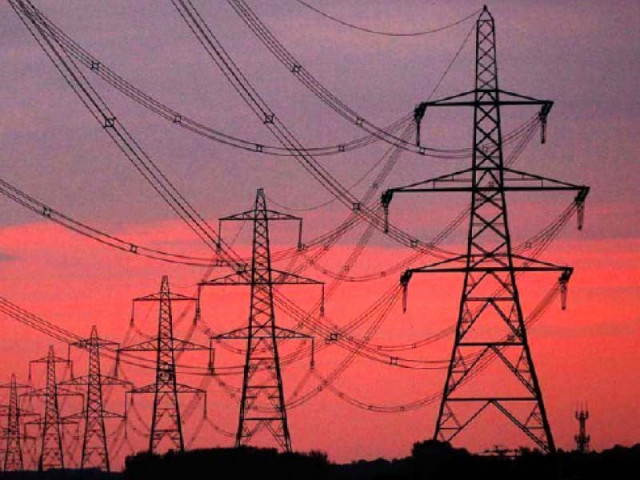
Prime Minister Shehbaz Sharif on Thursday announced a new electricity pricing plan for industrial and agricultural consumers, setting the rate at Rs23 per unit under a subsidy-neutral, cost-plus method. The benefit, however, will apply only to 25% additional consumption compared to the previous year.
According to officials who negotiated with the International Monetary Fund (IMF), the lender has imposed strict conditions on both the use and duration of the package. The 'Roshan Maeeshat Electricity Package' will remain in effect for three years without any rollover option.
The reduced tariff will expire if combined industrial and agricultural demand fails to rise above the baseline of 42.9 billion units or exceeds 53.7 billion units, the cap set for a 25% increase in consumption during the first year.
Announcing the package during a meeting with industrial, agricultural, and business representatives, the prime minister said the electricity rate for industrial consumers has been reduced from Rs34 to Rs22.98 per unit, a cut of Rs11 per unit or 32.4%.
Similarly, for agriculture consumers, the price has been slashed from Rs38 to Rs22.98 per unit, marking a Rs15 or 39.5% reduction.
Federal Minister for Power Sardar Awais Leghari explained, while talking to The Express Tribune, that the 25% incremental use would be calculated
based on the collective consumption of all users, not individually. This, he said, allows flexibility for individual consumers as long as total demand stays within the 25% limit set for both sectors.
Pakistan's electricity demand from the national grid plunged 9% to 96.2 billion units in the last fiscal year due to higher prices that forced the consumers to shun the national grid. The worsening trend continued in this fiscal year too and the demand further shrank to just 10.5 billion units in July a reduction of 6% over last year's lower base.
To boost the demand, the government has come up with the electricity package, where it is not giving any subsidy but still charging roughly Rs5 per unit more than the cost of energy, according to the government sources. The reduction in the price is made by excluding the capacity payment charges from the bill, which will still remain applicable on the below baseline and above 25% threshold consumption.
"From November 2025 till October 2028, additional electricity will be provided to both the industrial and agricultural sectors throughout the year at a rate of Rs22.98 per unit," the PM stated. He added that the burden of the electricity supplied under the package will not fall on domestic consumers or any other sector.
According to the working of the Power Division that became the base for setting the prices and maximum thresholds, the base consumption for the industrial and agriculture consumers is 42.9 billion units for the year 2026 and the relief will be available on the maximum 10.7 billion additional consumption for the full year.
For the year 2027, the base demand is calculated at 44 billion units and the reduced rates will be applicable on additional consumption of 11 billion units. For the year 2028, the base demand is estimated at 45.4 billion units and relief will be available at 11.4 billion units.
"The development of industry and agriculture is vital for the growth of the national economy and the creation of employment opportunities," the premier said. "We are taking every possible step to enhance the competitiveness of Pakistan's industries and agricultural sector within the region and to improve the ease of doing business, " said Shehbaz Sharif.
The Power Minister said that in case of new consumers having no history of consumption, the incremental tariff rate will be applicable on the half of the sanctioned load and the rest of the half will be charged at Rs34 per unit.
The government has estimated that the cost plus price can safely add 600 megawatts to 1,000 megawatts consumption back in the national grid. This will help reduce blackout risks through better grid utilization and stabilize tariffs via improved fixed cost recovery.
The government expects that the PM package can increase the industrial growth by 0.5% annually and can add Rs21 billion more in the national exchequer in the form of higher tax collection on increased consumption.
IMF limits
The sources said that the Power Division had shared the package with the IMF for its approval, which has set conditions for the continuation and the basis for termination.
Pakistan has been told that it would not set different rates of electricity for specific industries and all the industries will pay one uniformed rate.
The normal Rs34 per unit rate will apply in case the consumption growth is below the incremental threshold and also if it crosses 25% above the baseline consumption.
The scheme has to end within three years and the government will not ask for the rollover, said the sources. However, if the tariff price increases above the announced rate of Rs23 per unit during the two consecutive semi-annual reviews, the rates would be reviewed accordingly, said the sources.
The Power Minister told The Express Tribune that the government would conduct semi-annual reviews of the Prime Minister's scheme to ensure that the cost remains within the estimated threshold of 25%.
The sources said that the IMF has informed Pakistan that any losses due to the fact that the revenues do not keep up with tariffs would automatically result in higher tariffs on industry and agriculture.
Moreover, the industrial and agriculture sectors will not be entitled to relief under negative fuel price adjustment on the incremental usage but they will still be subject to pay higher fuel cost on the additional consumption.
Solar factor
The government has announced a reduction in electricity rates up to Rs 7.6 per unit for industrial and agricultural consumers for incremental use in a bid to utilize 7,000 MW surplus power and stop shifting of consumers to solar.
The government will take the electricity utilization in the year 2024 as a reference, and discounts would be given on additional use of electricity.
It has announced three packages for 25 per cent additional electricity use, 50 per cent and then 100 per cent.
In Pakistan, almost over 90 per cent of consumers have been shifted to solarization. The Power Division has struggled twice to amend the solar net metering policy to stop the shifting of consumers to solar.
The country is also facing problems in the utilization of the LNG sector as the power sector is not ready to carry the committed volume of LNG.
Even the government had approved a plan of giving relief by slashing LNG offtake guarantees from 60 to 50 percent. The Petroleum Minister had protested over this and termed the glut in gas due to this decision.
Due to a glut in gas, the government has approached Qatar to divert LNG cargoes due to low demand for LNG in the power sector. The recent package for additional use of electricity will also help to handle the glut in the gas sector, as the demand for LNG in the power sector will rise due to higher consumption of electricity.
The net solar metering and off-grid solarization in agriculture and industrial sectors were also another reason that led to low demand for electricity.
The power division had struggled to amend solar net metering policy but prime minister had refused to approve the policy to avoid the political backlash and resentment of the masses.
Leghari said that more than 7,000 megawatts of surplus electricity are lying unused in our national power system.
When the full rate proved too expensive, we decided to make it affordable," Leghari said, adding that the average cost of electricity for both sectors will fall.
At present, the consumers are paying capacity payments worth billions of rupees on electricity which is not being used. The additional consumption of 7000 MW electricity will also reduce burden of capacity on the honest consumers who are paying bills.

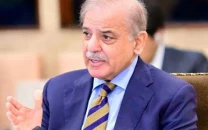



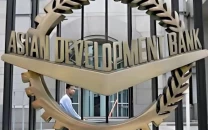


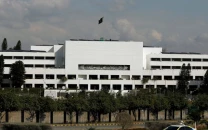


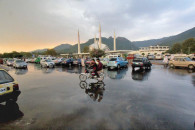







COMMENTS
Comments are moderated and generally will be posted if they are on-topic and not abusive.
For more information, please see our Comments FAQ